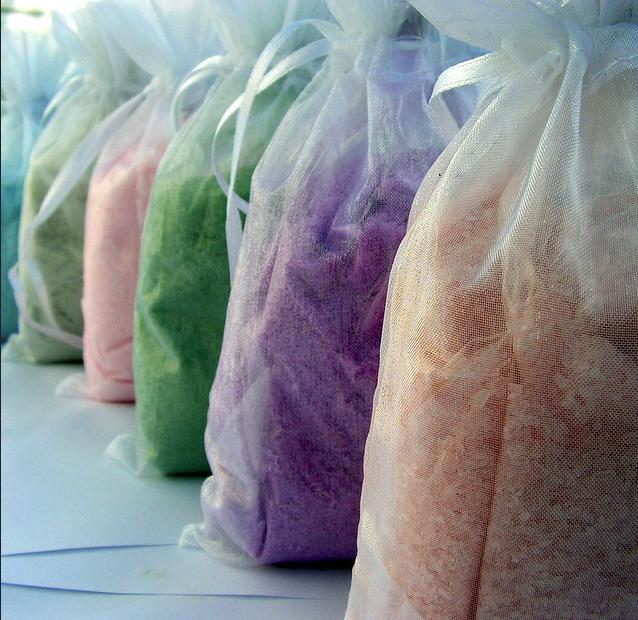The Regency Pastime of Paper Crafting and Quilling

If you are familiar with the BBC production of Pride and Prejudice from 1995, you may have wondered what the Bennet sisters were doing with pieces of rolled paper spread over the table in one of the scenes.
A genteel pastime for young ladies in the late 18th and the early 19th century was decorating objects with rolled paper. Wooden frames, for instance, were often sold undecorated so that they could be decorated by a young lady practicing her filigree work. Young ladies would decorate everyday objects by rolling up strips of paper, with varying degrees of tightness, and cutting them into pieces to make different patterns. The short lengths would then be glued to the object the young lady was decorating, creating a filigree pattern. The project might even be finished off with a little painting or gilding. Often, a focal point was created within the piece, using a watercolour or print. The sorts of objects decorated, other than frames, included jewel boxes, tea caddies, and even screens.
A similar result to rolled paper crafting can be created by experimenting with quilling, an art form that was practised by the ancient Egyptians and Greeks. Although they would not have used paper, it is believed the Greeks used thin metal wires to decorate containers, especially boxes, in a nature similar to paper crafting. Egyptian tombs have been found containing similar wire shapes akin to modern forms of quilling.

From the fourteenth to the eighteenth century, it is thought that nuns and monks picked up the art of quilling to decorate book covers and sometimes sacred objects. They used gilded paper strips in order to imitate the original metal wires used by antiquity and the term quilling is said to derive from the fact nuns and monks used feather quills as their tool to roll the paper. After the Renaissance, rolled paper crafting spread throughout Europe and to the Americas.
You may recall that in Sense and Sensibility, Elinor Dashwood and Lucy Steele excuse themselves from the usual evening card game with the Middleton's on the grounds that Lucy must continue her "fillagree" work. This gives them the opportunity to continue their confidential conversation about Edward Ferrars, all under the guise that they are determined to finish making a basket for Lady Middleton's child. Could this have been a reference to paper crafting? Maybe!
If you don't want to miss a beat when it comes to Jane Austen, make sure you are signed up to the Jane Austen newsletter for exclusive updates and discounts from our Online Gift Shop.




Leave a comment
This site is protected by hCaptcha and the hCaptcha Privacy Policy and Terms of Service apply.